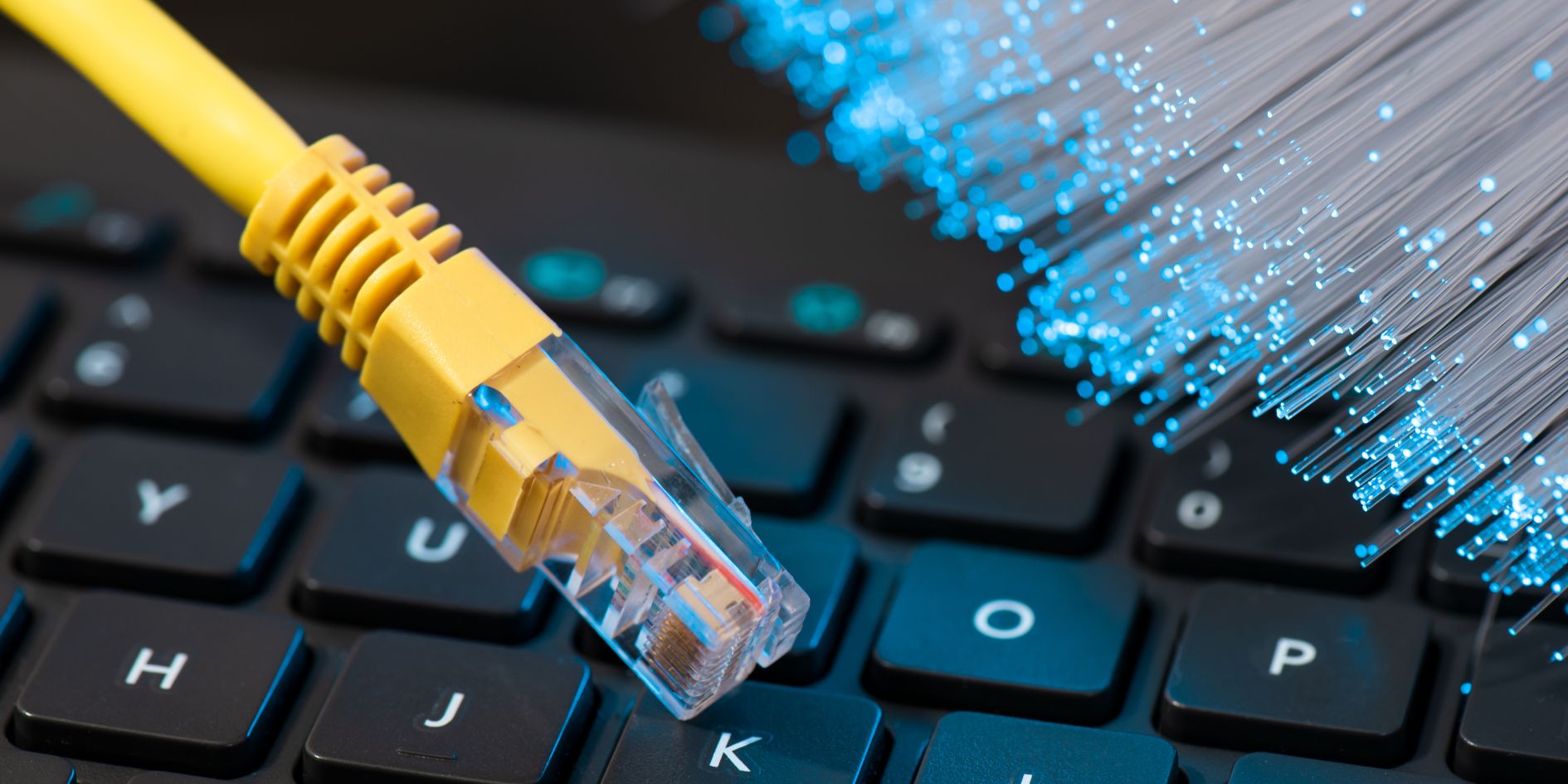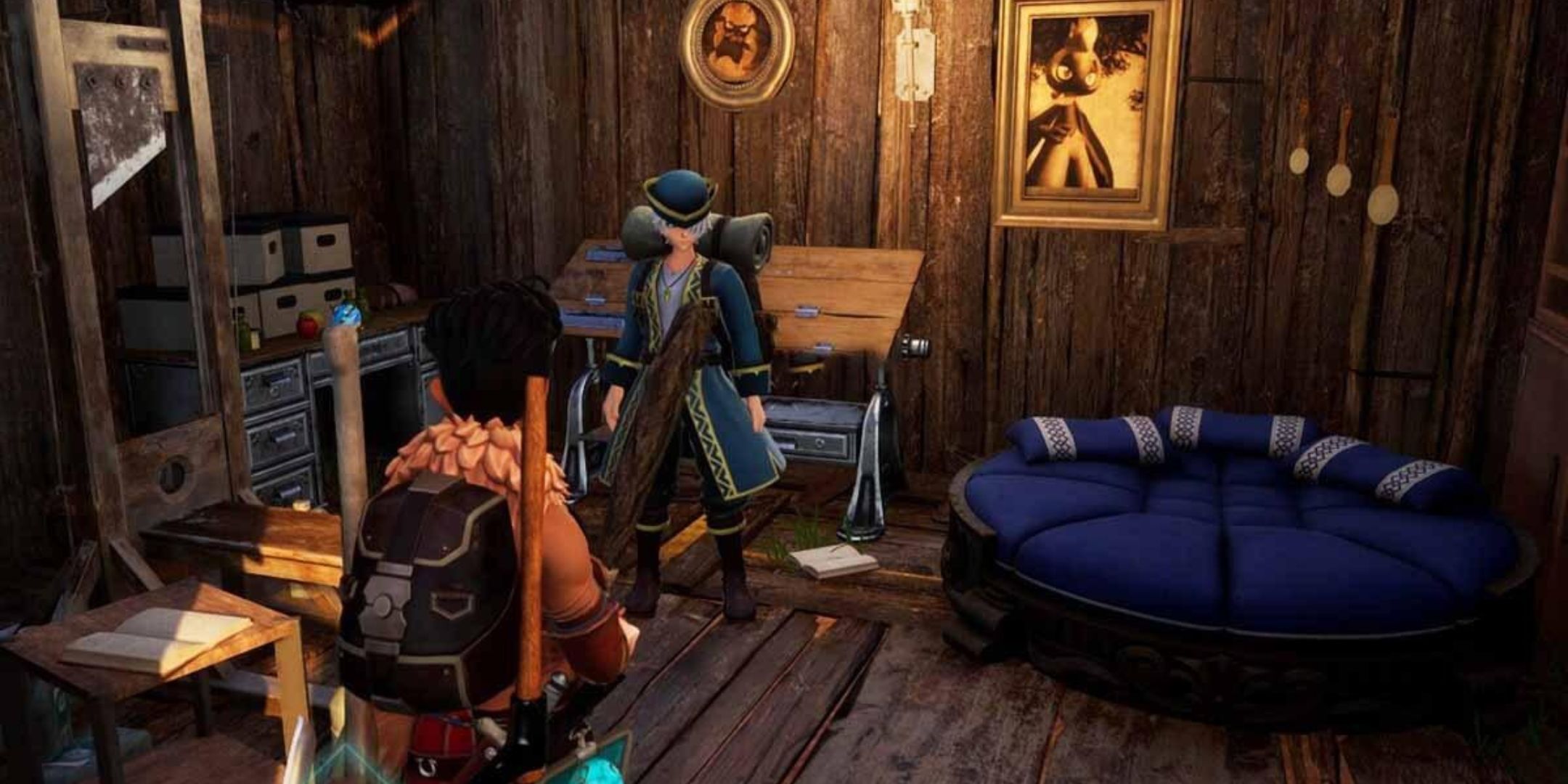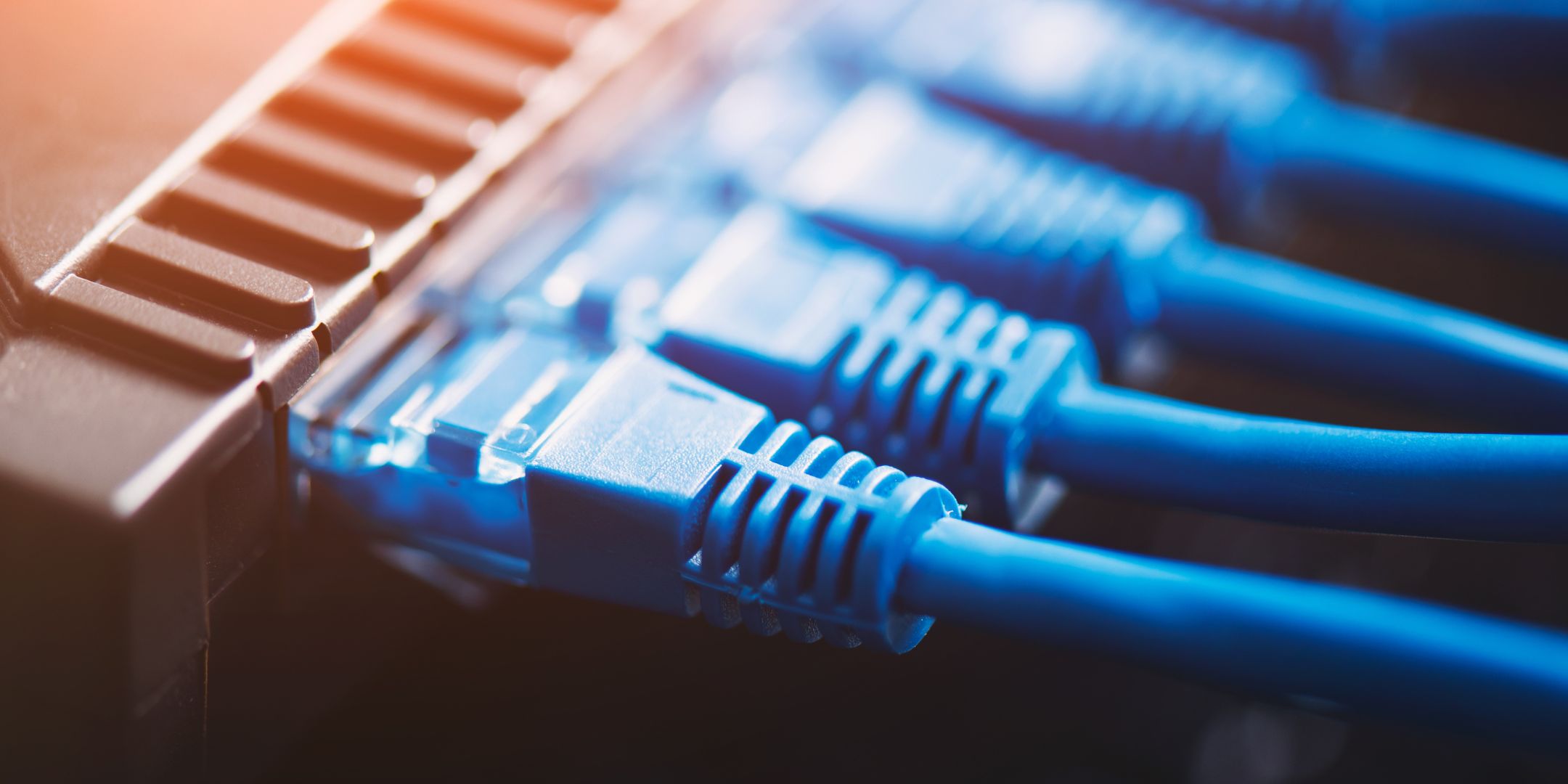Ethernet crossover cables are special types of cables that allow two devices to communicate directly without the need for a switch or a hub. They are useful for network setup in 2024 because they can provide faster and more reliable data transfer, especially for high-bandwidth applications such as video streaming, gaming, and cloud computing. In this introduction, we will explain how ethernet crossover cables work, what are their advantages and disadvantages, and how to use them in different scenarios.
Ethernet Crossover Cables
Ethernet crossover cables are special types of cables that are used to connect two devices of the same type, such as two computers or two switches. They have a different wiring scheme than standard Ethernet cables, which are used to connect devices of different types, such as a computer and a router. Ethernet crossover cables have the transmit and receive wires crossed at one end, so that the signals can be exchanged between the devices. They are useful for creating temporary networks or testing network devices without a hub or a switch.
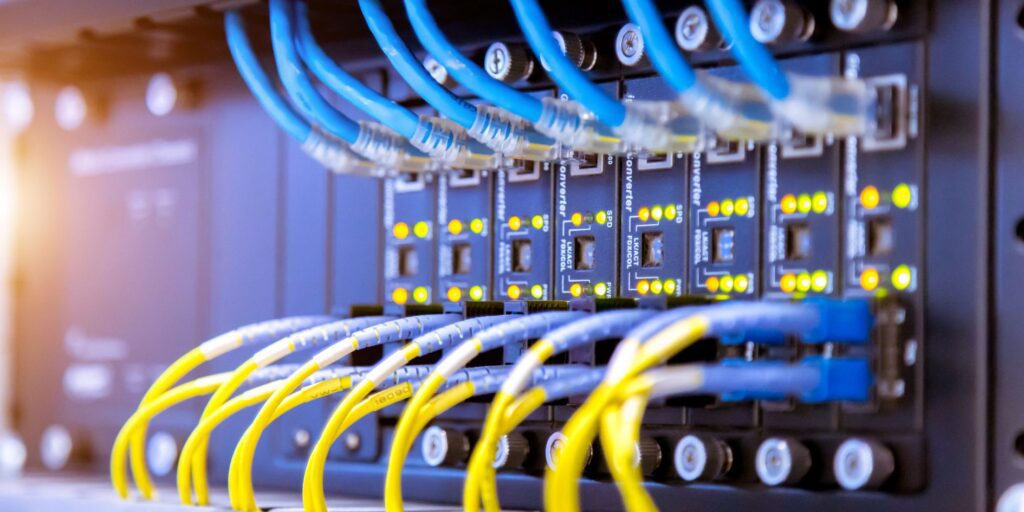
- Enable direct device-to-device connections.
- Utilize crossed wires to establish direct connections, enhancing efficiency.
- Ideal for linking computers or switches directly, bypassing intermediary devices.
- Not suitable for general networking; standard cables preferred.
Do You Need a Crossover Cable?
A crossover cable can be useful in situations where you want to create a simple network between two devices without any other equipment. For example, you can use a crossover cable to transfer files between two computers, or to configure a router without connecting it to the internet. A crossover cable can also be used to test the functionality of a network card or port.
Learn More Here: Transforming Your Network with Ethernet Cable Extender: Bridge the Gap
However, a crossover cable is not always necessary, as many modern devices have a feature called auto-MDIX (Medium Dependent Interface Crossover), which automatically detects the type of cable and adjusts the signals accordingly. This means that you can use a regular Ethernet cable to connect two devices of the same type, and the devices will figure out how to communicate. Auto-MDIX is supported by most Gigabit Ethernet and newer devices, but not by older or slower ones.
Therefore, whether you need a crossover cable or not depends on the devices you want to connect and their capabilities. If you are not sure, you can try using a regular Ethernet cable first and see if it works. If it does not, then you may need a crossover cable. Alternatively, you can check the specifications of your devices and see if they support auto-MDIX. If they do, then you do not need a crossover cable.
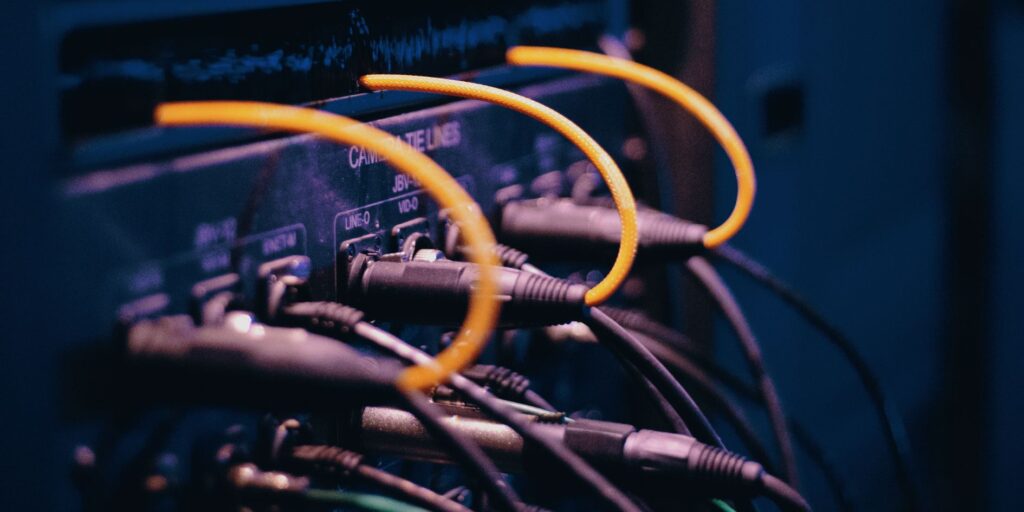
Don’t Miss This: How to Remove an Ethernet Cable Stuck in Laptops: A Step-by-Step Guide
Benefits Of Ethernet Crossover Cables
Here are some benefits of using Ethernet crossover cables:
- They enable high-speed data transfer and file sharing between two devices, without any interference from other network devices or traffic.
- They can be used for network troubleshooting, by isolating the connection between two devices and eliminating any possible hardware issues caused by other network components.
- They can be used to connect older network devices that do not support auto MDI-X (automatic crossover) feature, which allows any standard Ethernet cable to work as a crossover cable.
- They are easy to make by swapping the transmit and receive pins between the two ends of a standard Ethernet cable.
Are Ethernet crossover cables still necessary?
They are used to connect devices that have the same type of network interface, such as two computers or two routers. However, with the advent of modern Ethernet standards, such as Gigabit Ethernet and Auto-MDIX, the need for crossover cables has been greatly reduced. Most modern devices can automatically detect and adjust the polarity of the signal, making it possible to use a regular straight-through cable instead of a crossover cable. Therefore, Ethernet crossover cables are still necessary only in rare cases, such as when connecting older devices that do not support Auto-MDIX or when troubleshooting network problems.
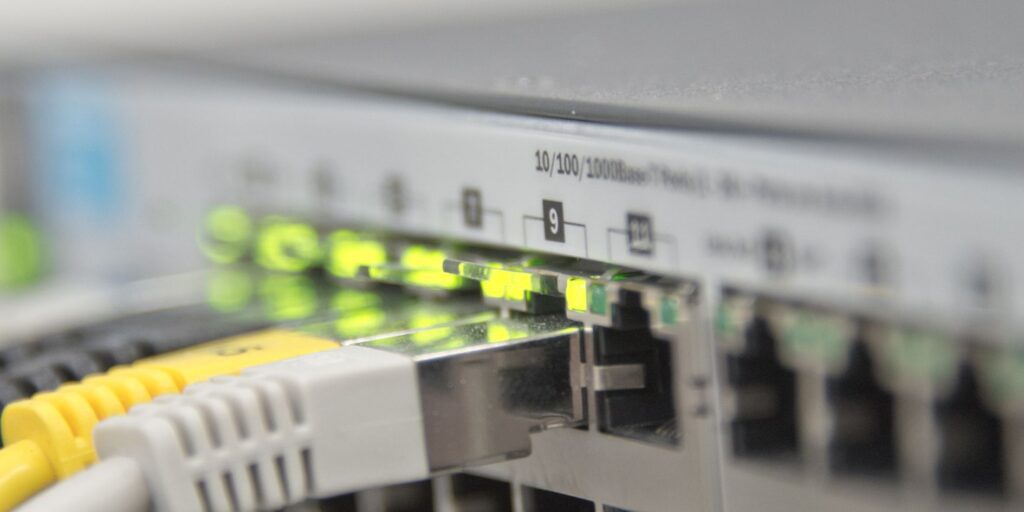
How to Make a Crossover Cable?
A crossover cable has different wiring arrangements at each end, so that the transmit and receive pins are swapped.
To make a crossover cable, you will need the following tools and materials:
- An Ethernet cable (CAT5e or CAT6)
- A crimping tool
- Two RJ-45 connectors
- A wire stripper or cutter
- A crossover cable diagram (see below)
The difference between a crossover cable and a regular Ethernet cable is that the orange and green pairs are reversed at one end.
Expand Your Knowledge: Understanding Cable Connector: A Comprehensive Guide
Follow these steps to make a crossover cable:
- Cut the Ethernet cable to the desired length, leaving some extra slack for possible adjustments.
- Strip about an inch of the outer insulation from both ends of the cable using the wire stripper or cutter. Be careful not to damage the inner wires.
- Untwist the four pairs of wires and arrange them according to the T568B standard on one end of the cable. The order from left to right should be: orange-white, orange, green-white, blue, blue-white, green, brown-white, brown.
- Insert the wires into the RJ-45 connector, making sure they are fully seated and aligned with the gold pins. The clip side of the connector should face down and the orange-white wire should be on the left.
- Use the crimping tool to secure the wires in place and cut off any excess wire.
- Repeat steps 3 to 5 on the other end of the cable, but use the T568A standard instead. The order from left to right should be: green-white, green, orange-white, blue, blue-white, orange, brown-white, brown.
- Test the cable by connecting it to two devices and checking if they can communicate with each other. You can use LEDs or software tools to verify the connection.
Congratulations! You have successfully made a crossover cable.
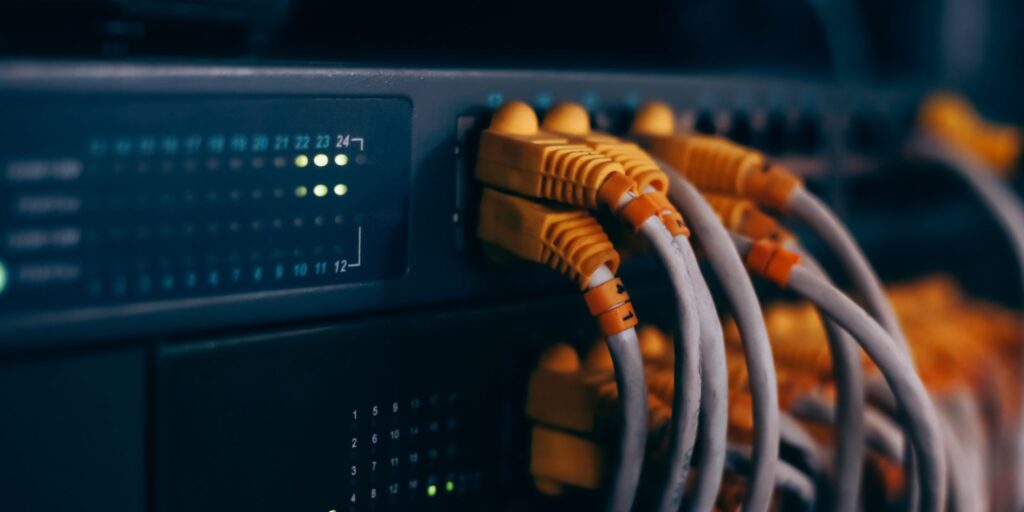
How to Use Ethernet Crossover Cables?
Ethernet crossover cables are special cables that allow you to directly connect two devices with an Ethernet cable, without needing a network switch, hub, or router between them.
When You Should Use a Crossover Cable
Crossover cables were very popular before home Wi-Fi or affordable network switches became common. They were used for connecting two computers for file sharing, internet sharing, or multiplayer gaming.
Nowadays, most modern devices have built-in features that make crossover cables unnecessary. For example, most network interfaces support Auto-MDIX, which means that they can automatically detect and adjust to the type of cable and device they are connected to. Also, most routers have integrated Ethernet ports that allow you to connect multiple devices with regular cables.
However, there are still some situations where you might want to use a crossover cable:
- Connecting two computers for private, high-speed file transfer or file sharing.
- Connecting directly to a NAS (network-attached storage) device without any other network devices in between, mainly for speed but perhaps also for privacy.
- Connecting network switches to each other.
- Network troubleshooting, by connecting two devices without anything else in between, you can eliminate any other possible hardware devices causing network problems.
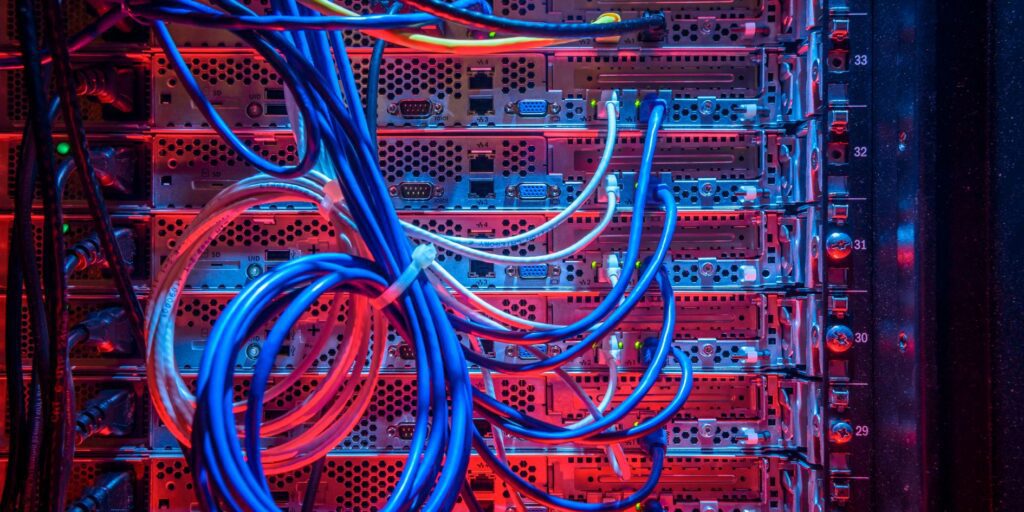
Standard Ethernet Cable
A standard Ethernet cable is a form of network cable that is used to connect devices on a local area network (LAN), such as routers, switches, and computers. There are different types of Ethernet cables, such as Cat 5, Cat 6, and Cat 7, that support different data transfer speeds and frequencies. A standard Ethernet cable has an RJ-45 connector at each end that snaps into the Ethernet port of the device.
- A standard Ethernet cable, also known as Cat 5 (Category 5) or Cat 6 (Category 6) cable, is a common type of network cable.
- It consists of four twisted pairs of copper wires enclosed in a protective outer sheath.
- Ethernet cables use RJ45 connectors to plug into Ethernet ports on devices like computers, routers, and switches.
- These cables are used for wired internet connections and local area networks (LANs).
- They support data transfer speeds ranging from 10 megabits per second (Mbps) to 10 gigabits per second (Gbps), depending on the cable category and quality.
Difference Between Standard Ethernet Cable VS Crossover Cable
| Standard Ethernet Cable | Crossover Cable |
| Patch cables utilize straight-through wiring configuration. | Crossover cables have wire pairs crossed at one end. |
| Patch cables are used for connecting devices within a network. | Crossover cables are ideal for direct device-to-device connections. |
| Patch cables are commonly used for standard network connections. | Crossover cables are used for linking similar devices directly. |
| Patch cables are compatible with most networking devices. | Crossover cables require devices to support auto-MDIX or specific crossover configuration. |
| Patch cables connect computers to switches, routers, or other networking devices. | Crossover cables link similar devices directly, such as two computers or switches. |
| Patch cables do not have a standard color coding; colors may vary. | Crossover cables typically have specific color coding for easy identification. |
CONCLUSION
In conclusion, Ethernet crossover cables are essential for connecting two devices of the same type without a hub or switch. They allow for direct data transfer and faster network speeds, as well as reducing cable clutter and power consumption. Ethernet crossover cables are easy to make and use, and they can save you time and money when setting up a network. Whether you need to connect two computers, routers, or game consoles, Ethernet crossover cables are the best solution for your networking needs.
FAQS
What is an Ethernet crossover cable?
An Ethernet crossover cable is a type of cable that connects two devices of the same type, such as two computers or two routers, without using a hub or a switch.
When do I need an Ethernet crossover cable?
You need an Ethernet crossover cable when you want to connect two devices of the same type directly, without using a hub or a switch. For example, you can use a crossover cable to transfer files between two computers, or to configure a router.
How do I use an Ethernet crossover cable?
You can use an Ethernet crossover cable by plugging one end into the Ethernet port of one device, and the other end into the Ethernet port of another device of the same type. You may need to configure the network settings of the devices to enable communication.
What are the advantages and disadvantages of using an Ethernet crossover cable?
The advantages of using an Ethernet crossover cable are that it is simple, cheap, and does not require any additional equipment. The disadvantages are that it only works for two devices of the same type, and it may not support high-speed data transfer or advanced network features.

